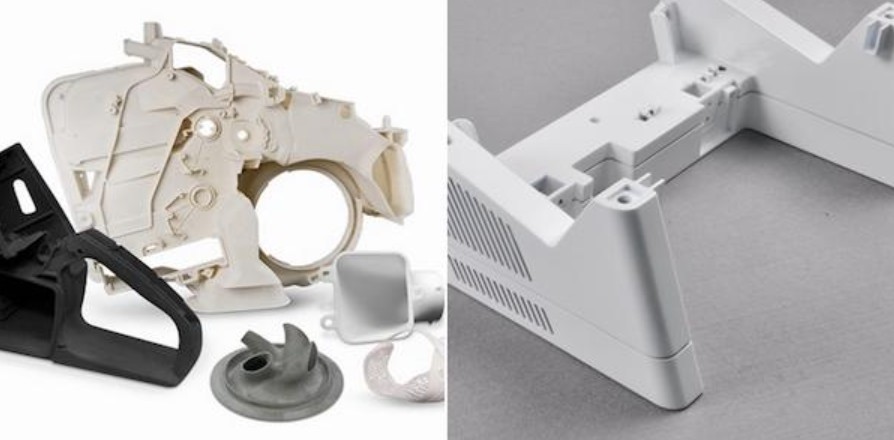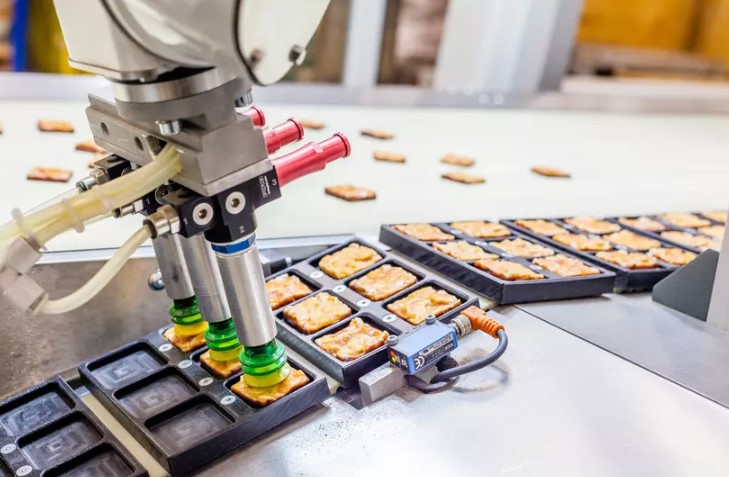
Urethane Casting for Transparent Parts: How to Achieve Clarity and Strength
Transparent components are essential in a range of industries, from medical diagnostics to consumer electronics and automotive lighting. When speed, cost-efficiency, and visual clarity are all priorities, urethane casting emerges as a powerful solution for prototyping and low-volume production of clear parts.
However, achieving both optical transparency and mechanical strength in urethane-cast components requires more than just selecting the right resin. Every stage—from master pattern quality and mold preparation to casting conditions and post-processing—affects the final result.
There is a range of essential factors to consider to ensure the production of clear and strong cast urethane parts. It demands careful consideration of the material, mold design, casting procedure, and appropriate finishing methods.
Material Selection and Chemistry for Optical Clarity
Clear urethane castings require the use of a suitable resin. Urethane resins in the Shore D 80–85 range produce products with excellent optical clarity and good structural rigidity, which is ideal for applications where clear yet tough parts are needed. If flexibility is a primary concern, Shore A transparent urethanes can be utilized. However, the parts may exhibit greater haze and decreased transparency because of increased light scattering within the material. These translucent materials are often used for creating flexible screens, barriers, or exterior features in consumer devices and healthcare products.
Casting resins like PX5210 or Ultra Clear 480N are preferred when making custom plastic parts intended to look like glass or polycarbonate injection-molded parts. They feature outstanding UV stability, minimal yellowing, and a refractive index comparable to PMMA or polycarbonate. Still, the clarity is highly sensitive to proper material processing. Pre-polymer and cross-linking agents should be degassed in a vacuum while mixing needs to occur in a controlled atmosphere to keep out contaminants and reduce the risk of clouding the final material.
Mold Design for Transparency and Dimensional Precision
Getting clear results in urethane casting requires careful planning and a quality mold. When making clear parts, each mark or texture on the mold finds its way onto the finished product, so mold quality becomes crucial. Most often, silicone rubber is used for mold making, but some silicone compounds are superior to others.
RTV silicone cured with platinum is chosen for its stability, increased tear resistance, and superior ability to release the cured material from the mold. The silicone’s properties help to avoid warping and promote easy removal of the cast part. Polishing the mold cavity to an extremely smooth surface or using specialized coatings helps achieve optical transparency. These methods help prevent the transfer of textures, hazing, or blemishes that may impact the clarity of the finished product.

Selecting the right gate and vent location is equally important. Gates need to be placed so that resin moves smoothly and evenly, reducing the risk of air bubble formation or flow patterns appearing in the part. Vacuum casting stands out due to its ability to decrease the chances of gas entrapment by drawing in the liquid resin through lower pressure.
When producing custom plastic parts with precise fit or interlocking features, like snap-fit covers or clear optical windows, mold precision is critical. Inserting inserts machined from optical-grade plastic helps ensure consistent dimensional accuracy and a smooth, flawless finish.
Casting Techniques That Enhance Clarity and Strength
After preparing the urethane and mold, casting the material becomes the next step of the procedure. To ensure that casting yields free of bubbles and uniformly filled molds, the most effective urethane casting operations rely on either vacuum or pressure casting. When vacuum casting, the mixed urethane resin is poured into the mold as it is being evacuated. The filled mold is put in a pressure pot and inflated with 60–80 pounds per square inch for 30 to 60 minutes. This strongly forces out any gas left in the resin and results in perfectly transparent pieces. Many companies utilize a combination of these two casting methods to create the best possible parts.
The length and heat of curing affect the quality of the finished component. A temperature cure between 22°C and 25°C for at least 12 to 24 hours gives the molecules time to pack together neatly. The parts should be heated very slowly after being cured to increase the production rate. Strength depends on technical substances and their curing processes. Some castable polyurethanes are formulated with materials that increase impact durability or yield higher tensile strength. These enhancements are especially important when custom plastic parts must resist cracking, like in automotive light covers or ruggedized device windows.
Post-Processing to Maximize Appearance and Performance
Even with optimized urethane casting techniques, achieving crystal-clear finishes requires meticulous post-processing. Typically, parts may have tiny defects on the surface, like parting lines, small flash, or unevenness known as surface texture. To ensure complete transparency, all traceable defects need to be eliminated from the surface.

Sanding starts with coarse grits that progressively become finer until reaching 3000 grit or more. Smooth finishing compounds are then applied using rotary or orbital tools to obtain a translucent, mirror-like appearance. Severely curved parts or those with internal cavities are often polished using either vapor polishing or flame polishing. These techniques softly melt the top surface while removing minute flaws and improving clarity without the possibility of altering the dimensions.
Coatings are applied to maintain the part’s look and integrity. Improving scratch resistance involves applying hard coats, and anti-fog treatments are good for parts that repeatedly come into contact with changing moisture levels. Coatings or tints that shield from ultraviolet light prevent discoloration of the plastic parts. Subsequent dimensional evaluations and strength assurance tests confirm the part’s continued adherence to the intended design specifications. This ensures that custom plastic parts can reliably fit into connections, seal against elements, and operate smoothly with other components.
Conclusion
Urethane casting offers a reliable solution for producing transparent components that combine visual appeal with mechanical strength. Through careful resin selection, precise mold design, and advanced vacuum or pressure casting, manufacturers can achieve high-quality, crystal-clear results. As the need for transparent custom plastic parts rises in consumer and automotive products, refined casting techniques are essential.


